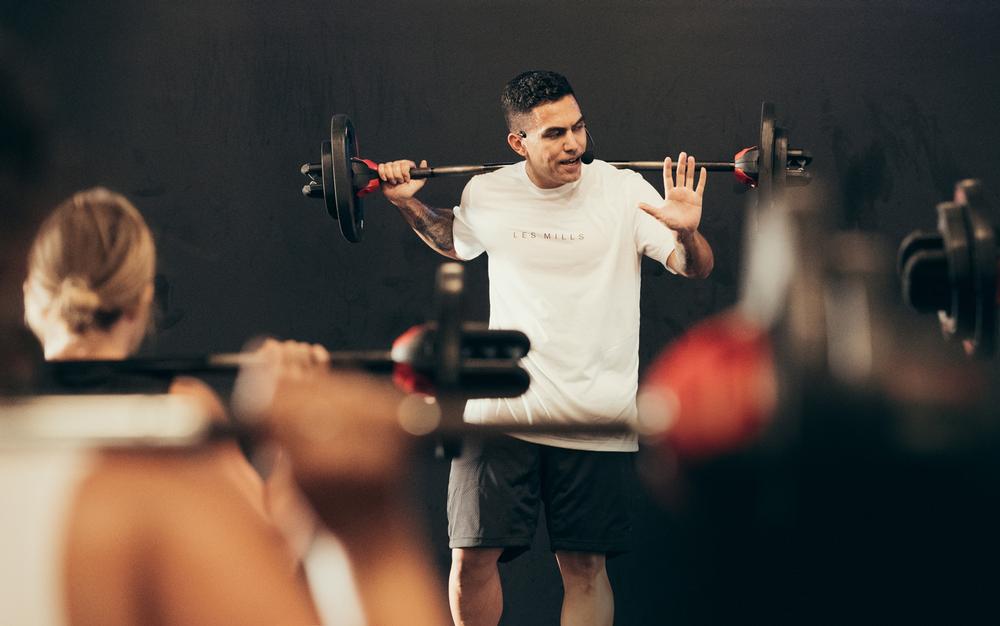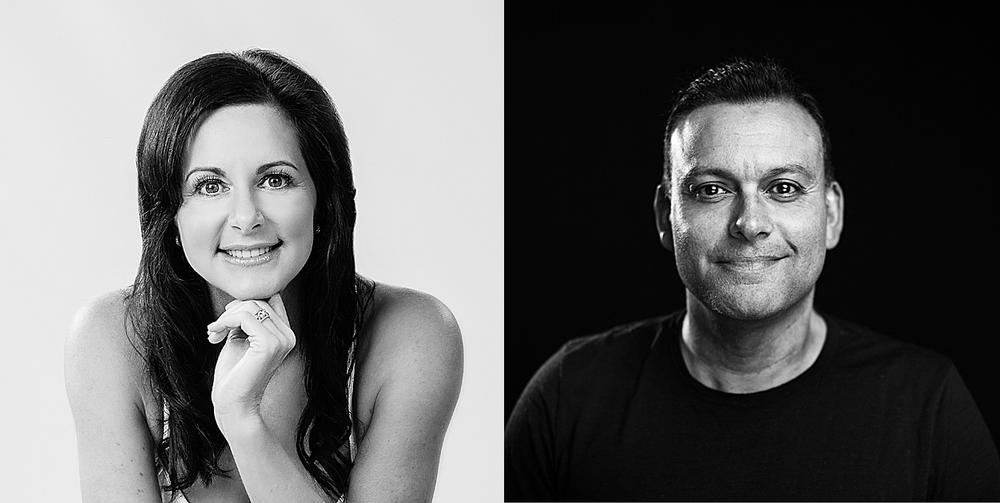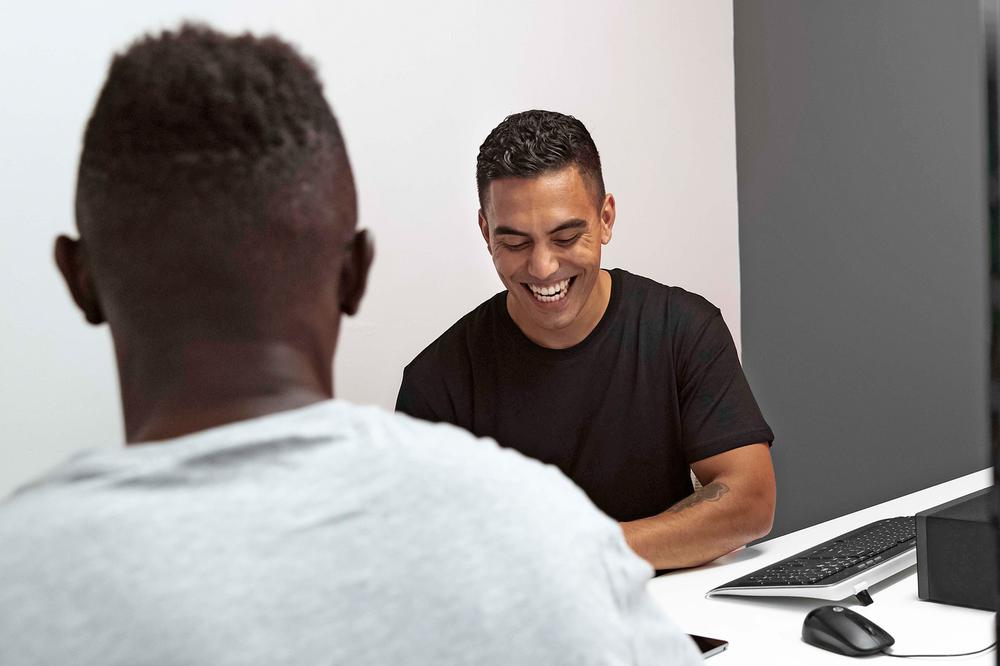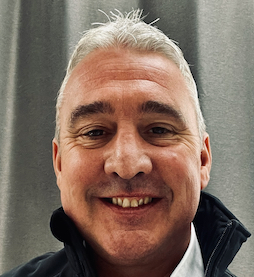Learning someone with COVID-19 has been in your gym is every manager’s worst nightmare, however, for the team at the Les Mills-owned Takapuna gym, in Auckland, New Zealand, this was something they’d anticipated.
On learning an infected member had attended three group fitness classes in 18 hours, they had an action plan ready to deploy.
Due to the effectiveness of their preparation and actions, no further cases were discovered – despite 86 members coming into contact with the infected member – and the club was able to remain open for business. So how did their four-part plan enable them to contain the virus and deal with the resultant media attention?
1. Plan ahead
“We took the pandemic seriously early on – talking about it back in January, which meant we were getting organised in February,” says Dione Forbes-Ryrie, MD of Les Mills New Zealand’s chain of 12 gyms.
“We started planning so early on that Exercise New Zealand, our bank, and even our auditor thought we were being over the top!
“But many of us had worked in the business when the Christchurch earthquake occurred – that had seen 24 per cent of our assets in lockdown for 12 months back in 2011 – so we know what the world looks like when things really go pear-shaped.
“When COVID-19 came onto our radar, our immediate thought was, have we got another Christchurch coming at us? We established a critical incident team so we were ready if and when lockdown hit.”
Ironically, Les Mills NZ was already planning to run a practice drill of a COVID-19 case in another of its clubs the week the real-life case was discovered in Takapuna. That meant plans were already in place and draft communications had been prepared for a variety of scenarios.
“This case was clear cut, but it could have gone either way if we hadn’t had processes in place,” says Guy Needham, head of marketing and sales. “Especially when you consider the person visited the club three times in 18 hours.”
2. Communicate
Maintaining timely communication with club members and staff was critical to ensuring everyone felt informed and cared for, as well as avoiding the spread of misinformation.
“Many members have commented on how much they appreciated the strong communications,” explains Forbes-Ryrie. “We were open and transparent, explaining what had happened and when people would be contacted by the Ministry of Health if the case affected them. We also ensured they heard the news from us first, rather than from the media.”
“We were also mindful to engage with our internal team,” says Needham. “We’ve got more contractors on our team, such as group fitness instructors, than we have employees, so it was important they were also kept up to speed with what was happening, because they’re often the people our members are talking to.
“If a member approaches one of our instructors on social media, we want that instructor to have one central source of truth they can refer the member to.”
3. Reassure members
Some members are naturally cautious about returning to exercise facilities after a case has been identified, but when members saw how seriously Les Mills Takapuna was taking the threat, attendances bounced back.
“Attendance declined to 58 percent after the incident,” says Forbes-Ryrie, “but it’s now back to 90 per cent as a result of us communicating the protocols we’ve got in place – as well as the fact we’ve been able to share the news that there have been no instances of club transmission.”
This dip is similar to that experienced after lockdown, when attendance dropped to around 60 per cent, but was back up to 95 per cent after three weeks.
“Confidence has been restored quickly – not only in our existing membership, but also in new prospects. Even with the case happening at Takapuna, the sales team achieved over 70 per cent of its monthly pre-COVID target,” she says.
4. Manage the media
The case generated a significant amount of attention from the press. So how did the business respond?
“We prioritised our members and internal teams,” says Forbes-Ryrie.
“Engaging with the media wasn’t the number one thing on our list, but we knew we needed to get our media communications right.
“We had a lot of requests for interviews but felt the best way forward was to provide comprehensive answers to their questions, so we did this with a media statement. We also set up a FAQs page on our website at www.lesmills.co.nz/covid-19, that answered a lot of the questions media outlets were asking, such as what we were doing around cleaning, and who might be at risk of contracting the virus. Again, it came back to being transparent.”
Forbes-Ryrie says the reaction from members has been incredibly positive. “We’ve had a lot of people commenting on how well cared for they feel – a letter was published in the New Zealand Herald the other day, praising how well we’ve handled the situation.”


























































